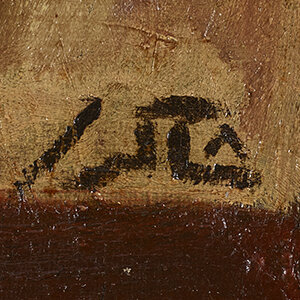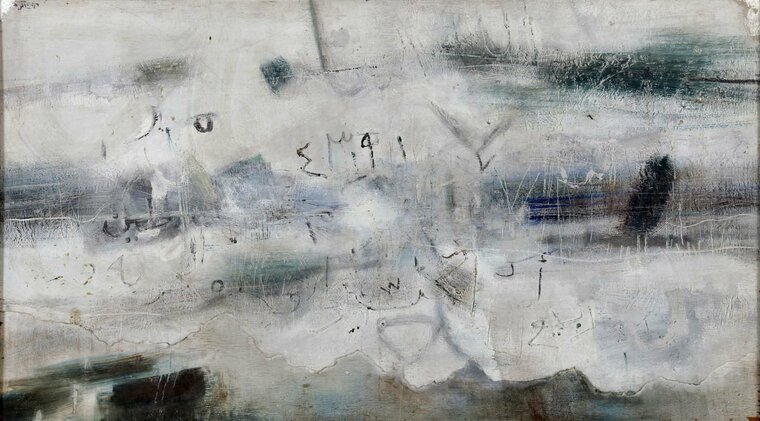


Last updated on Tue 17 November, 2020


17 NOVEMBER 2020 - 28 FEBRUARY 2021
Meem Art Gallery
The exhibition will include two rare, early oil paintings from the 1950's, Villager (1950) and Untitled (1954), made before the artist moved to Paris where he studied at Académie Julien, École des Arts Décoratifs, and the École Supérieure des Beaux-Arts (1955-59), which exemplify Al Said's work from the late 1940s and early 1950s. Despite displaying a certain affinity with Western art movements such as cubism and expressionism, the artist's work from this period is primarily characterised by local traditions, with the use of the bright colours and loose geometric lines found in tribal carpets, as well as depictions of rustic scenes and characters drawn from rural life in Iraq, as can be observed in the stylised portrait of The Villager.
On his return to Baghdad, Al Said embraced the teachings and practices of Sufism and gradually abandoned figurative expression, turning his focus to compositions made up of Arabic letters - a very important element in the Sufi tradition. By 1971, he had formed the One Dimension Group, an artist collective that was primarily concerned with the exploration of Sufi traditions through abstract art. It was through the group that the artist further developed his theoretical approach, with the Arabic letter becoming an established element in modern regional art, a movement often referred to as al-hurufiyyah al-'arabiyyah (Arabic letterism).
Al Said's utilisation of the Arabic letter was not simply limited to its form or ideography, rather, he saw the letter as an intrinsic component of his vision of the 'aesthetics of the trace', put simply, the erosion of life and the patina left by the movement of time. Dominated by earth-tones and resembling neglected and war-torn buildings, many of the highly textured, evocative works in the exhibition make up part of the artist's celebrated Walls series. Impulsive, clandestine, anonymous and often illegible, as if not intended to be read; the inscriptions in the compositions set against the rough cracks and crevices of his textured wall paintings evoke the furtive nature of an act performed under repressive conditions, hinting at the censorship that the writing sought to evade.
This forthcoming exhibition will examine Shakir Hassan Al Said’s innovative career through an extensive collection of extraordinary works from the early 1950s through to the late 1990s
Join us in our endless discovery of modern and contemporary Arab art